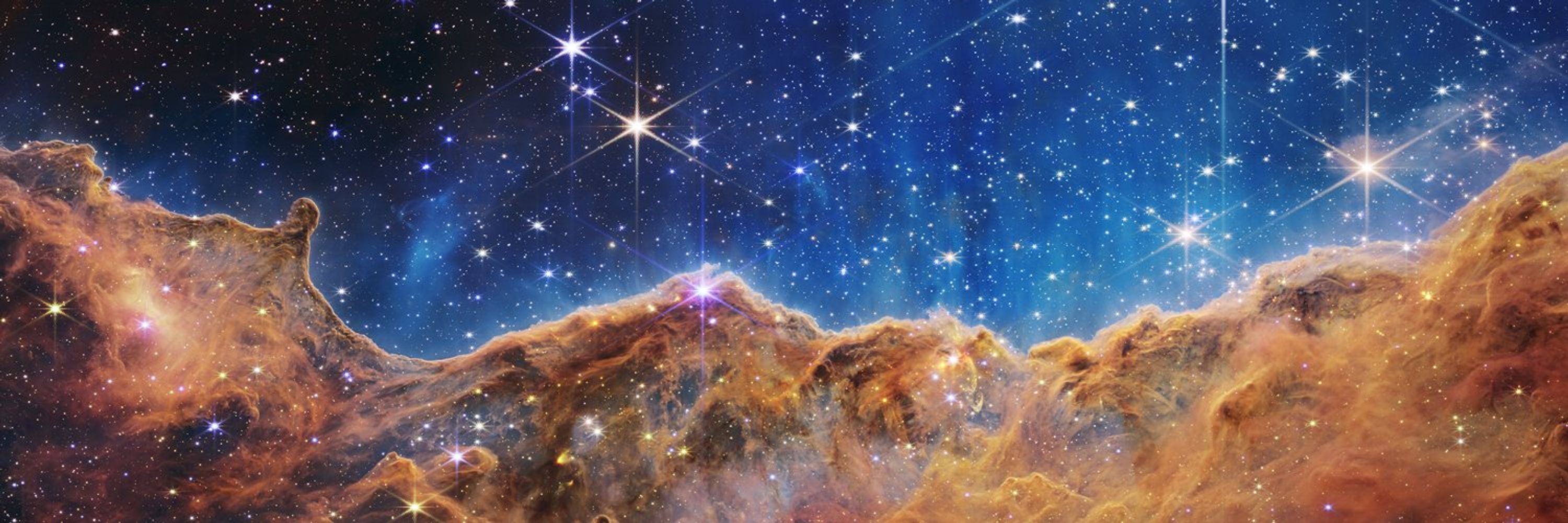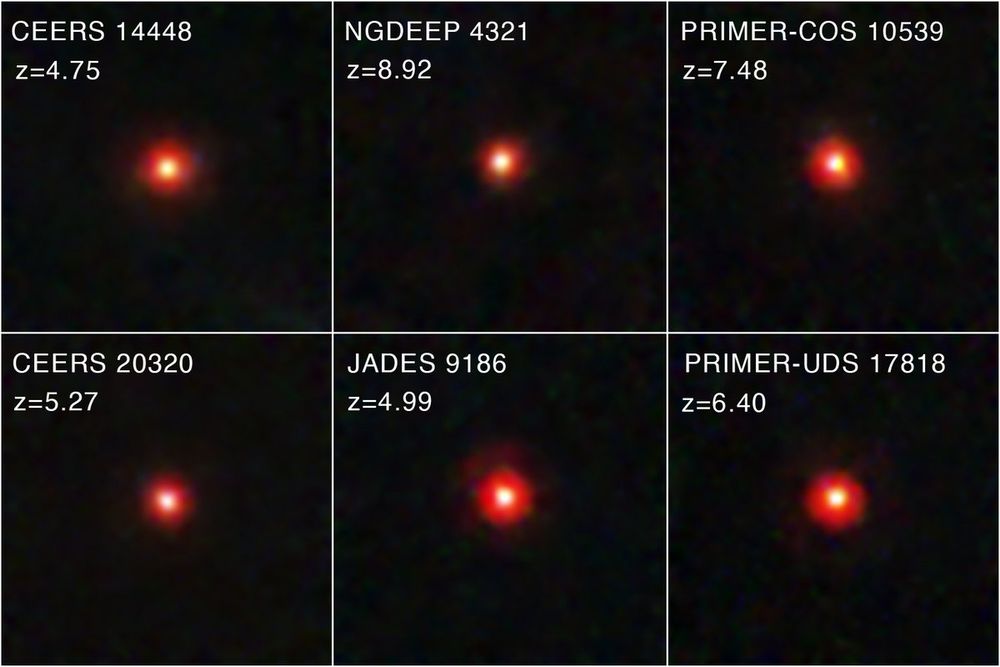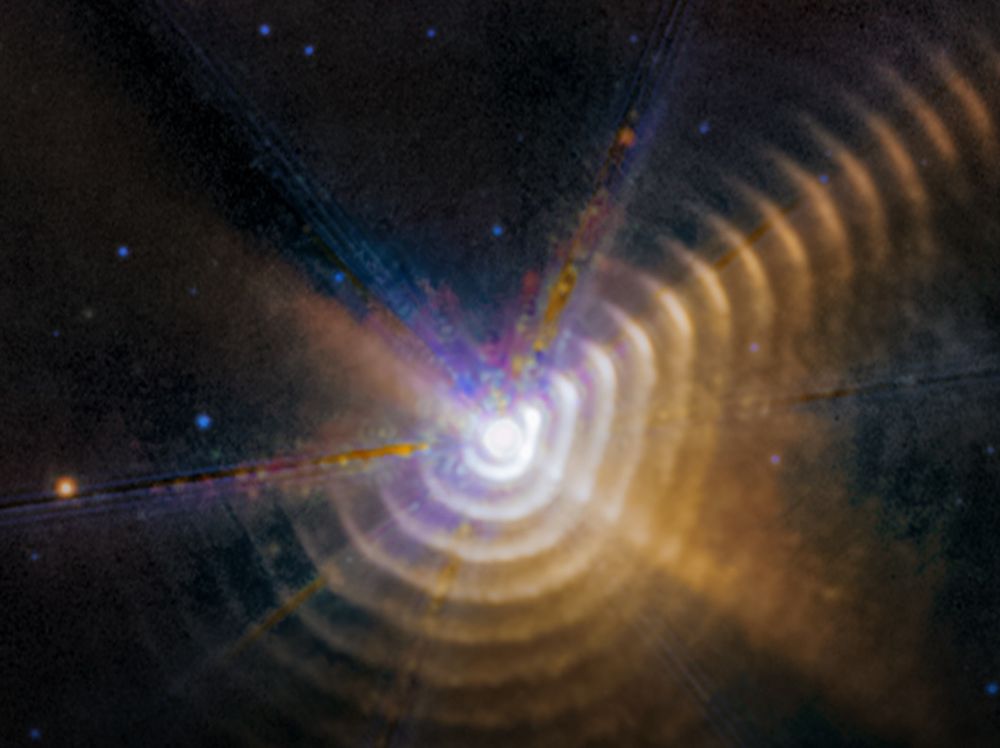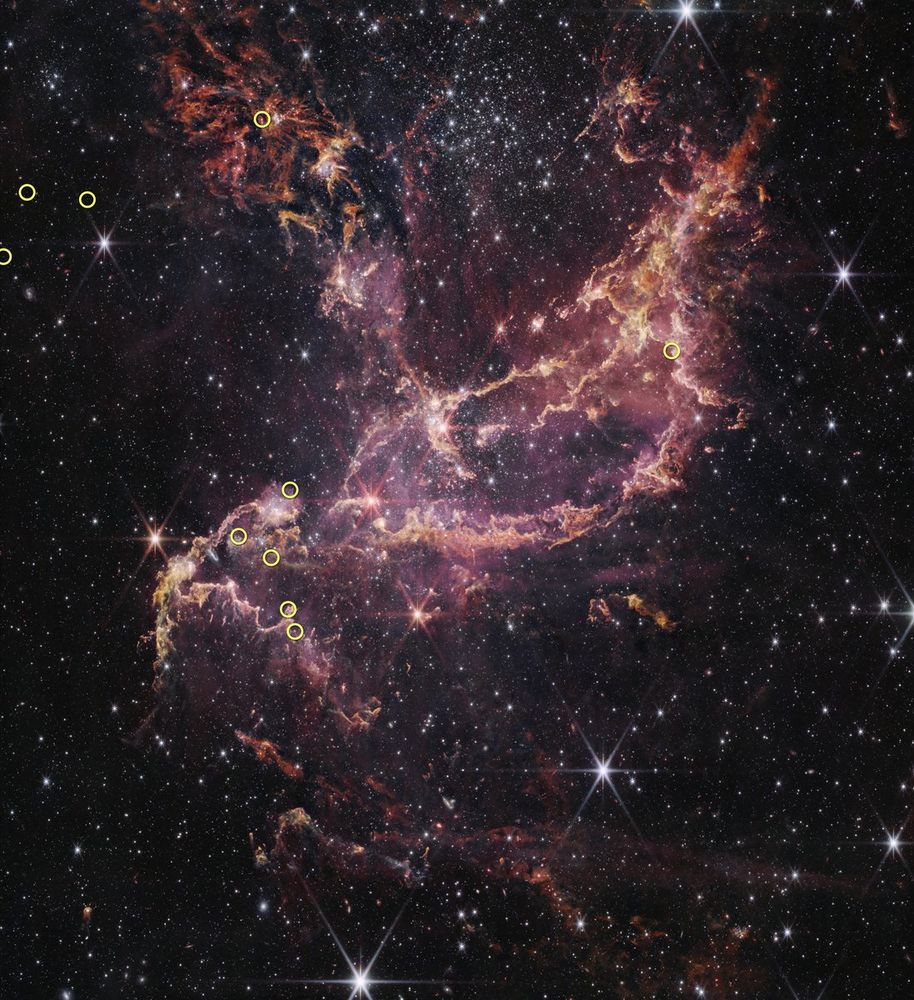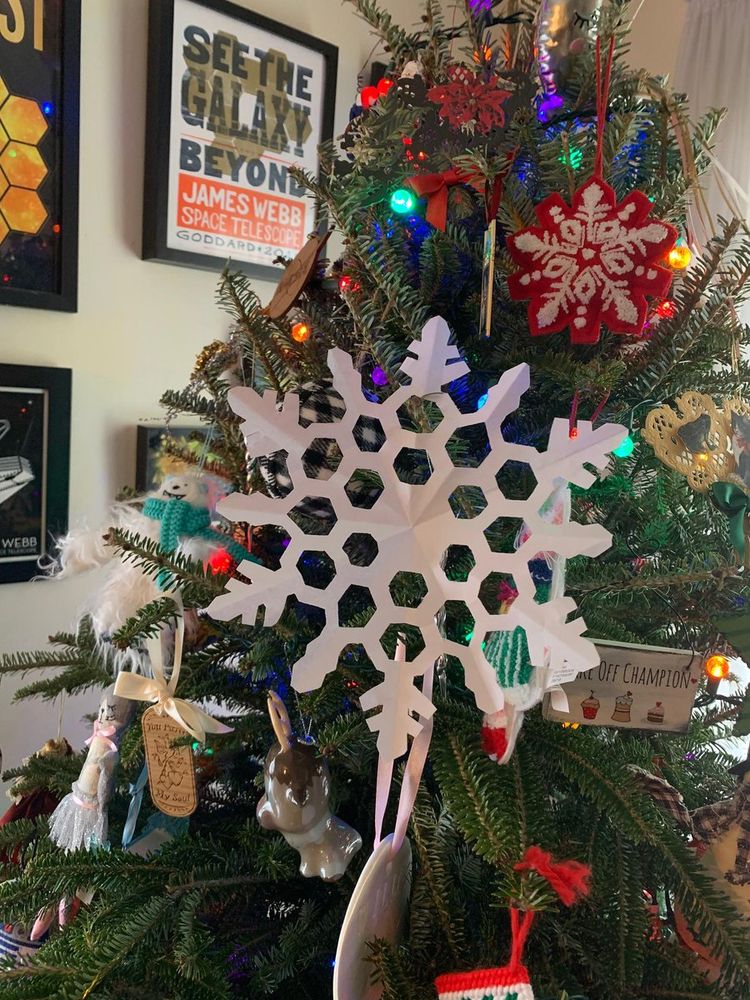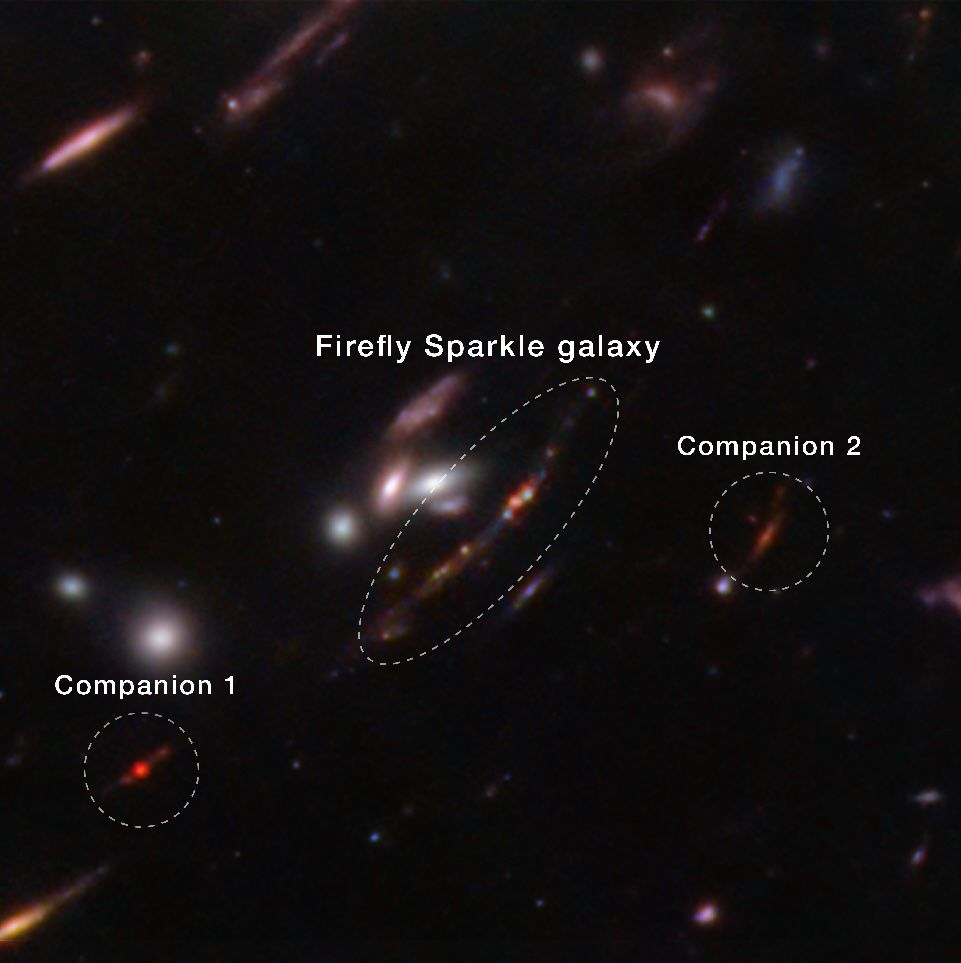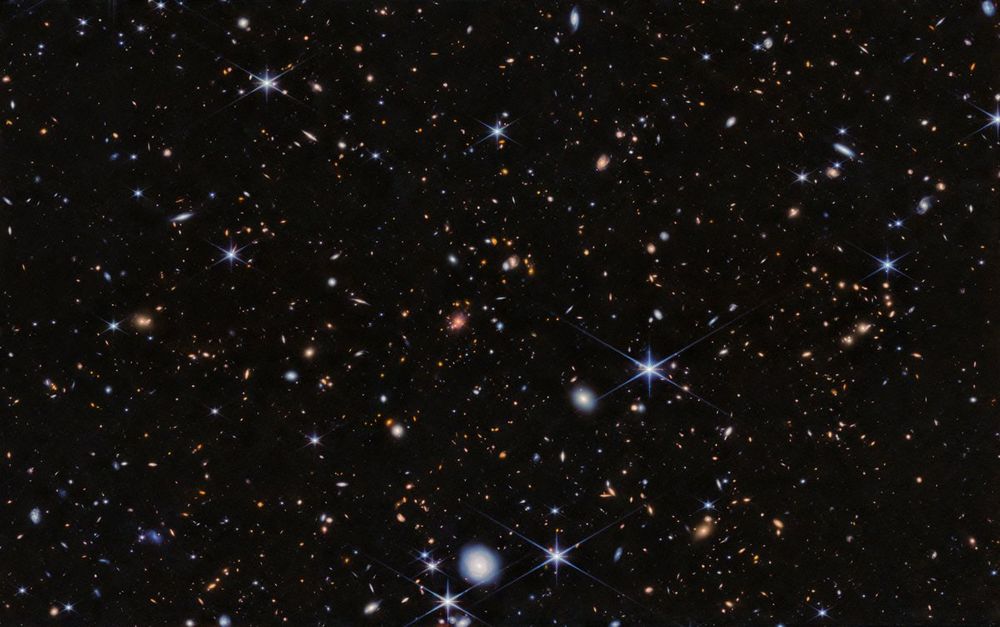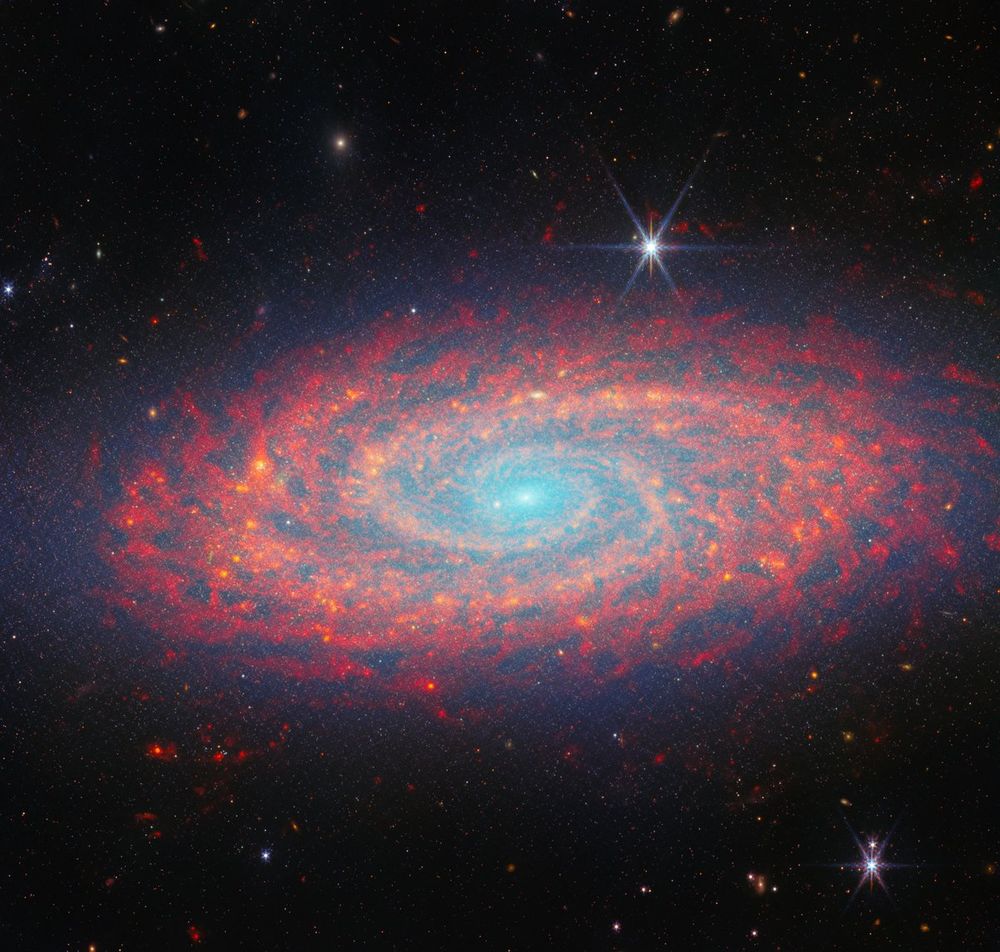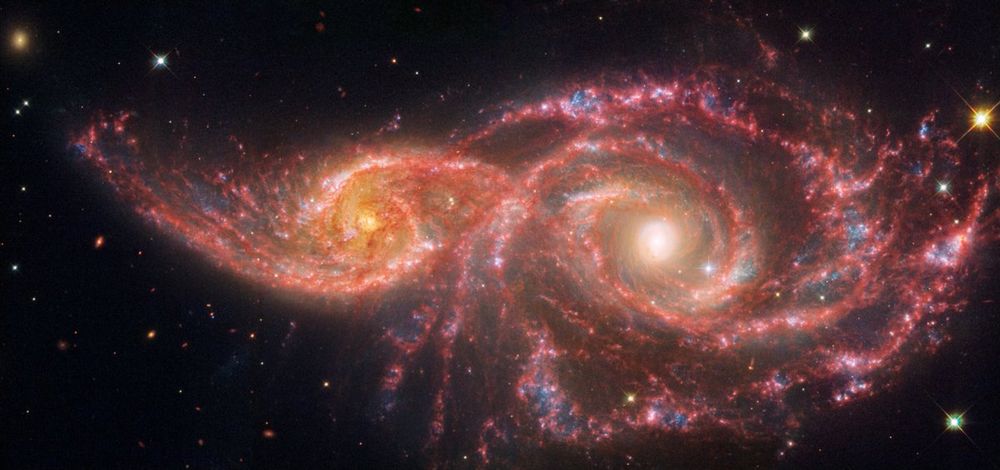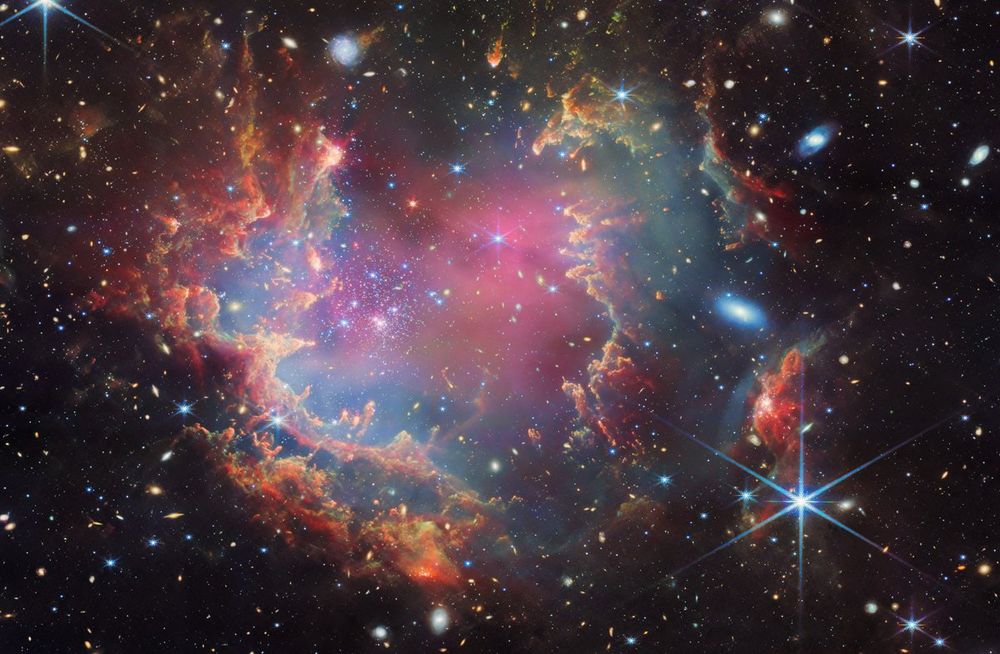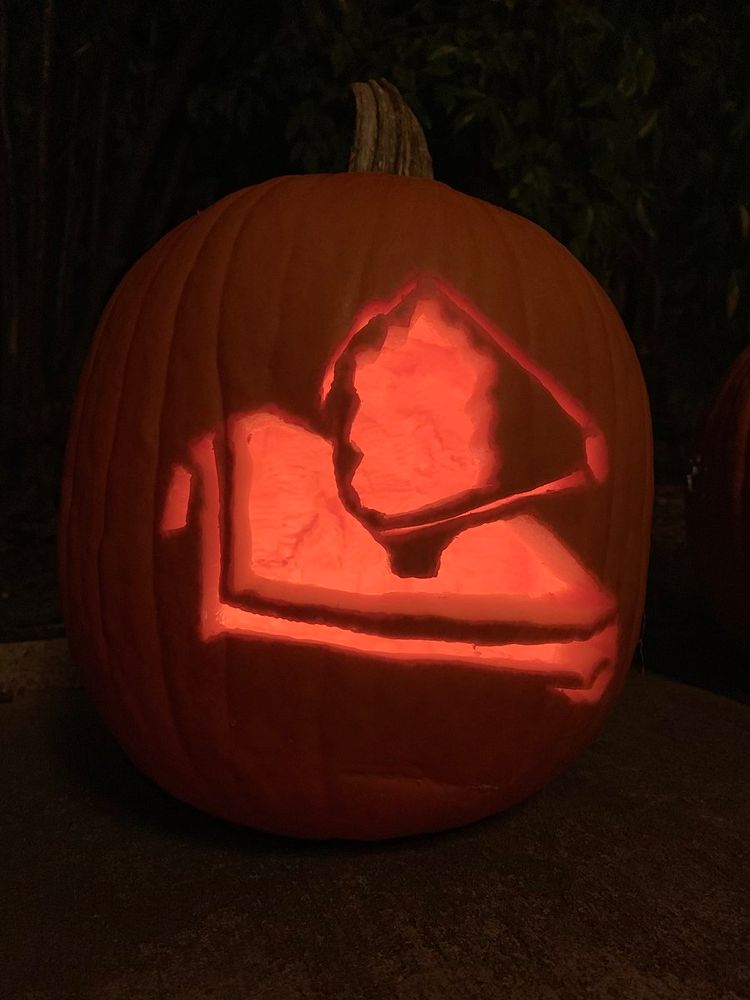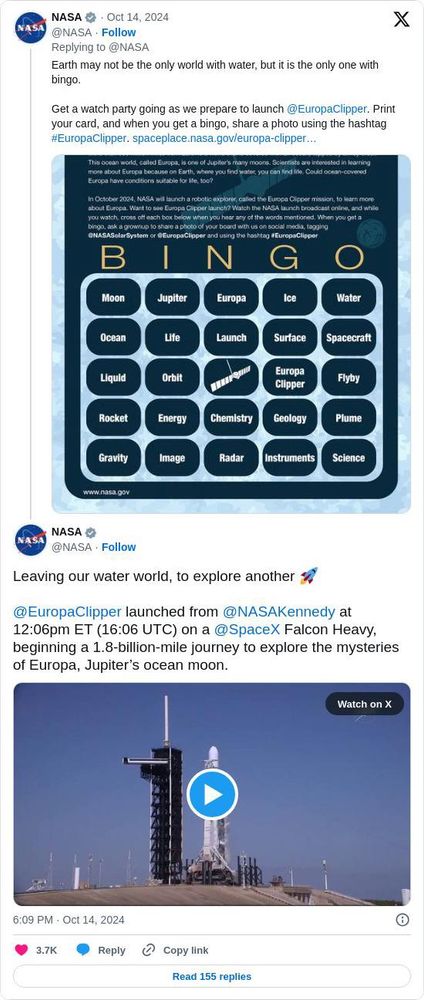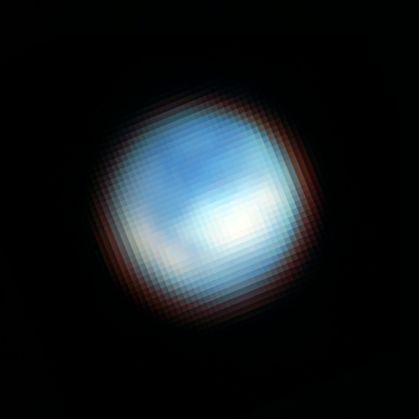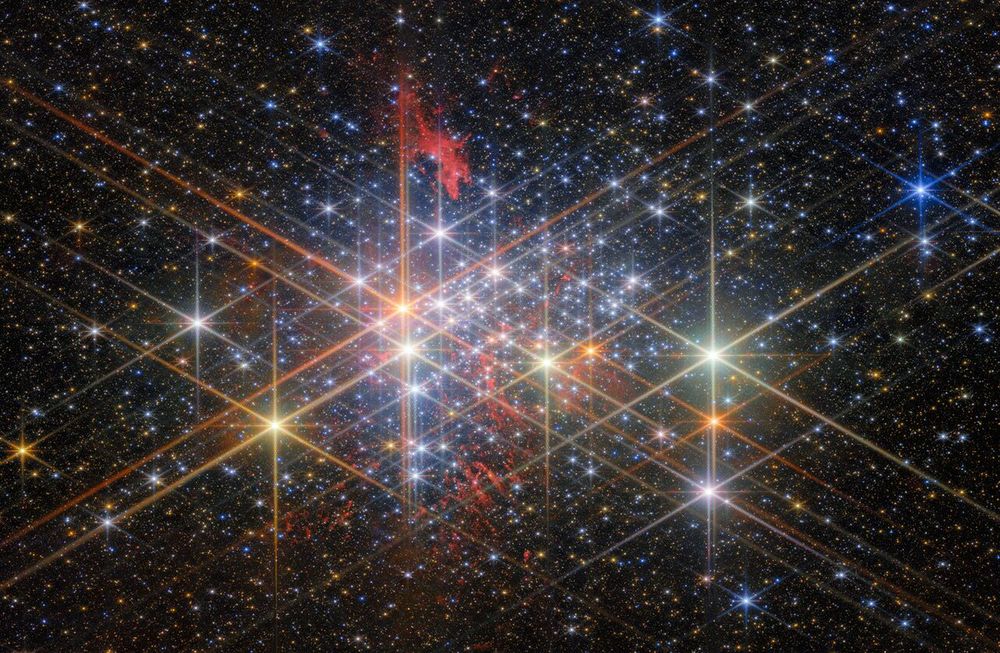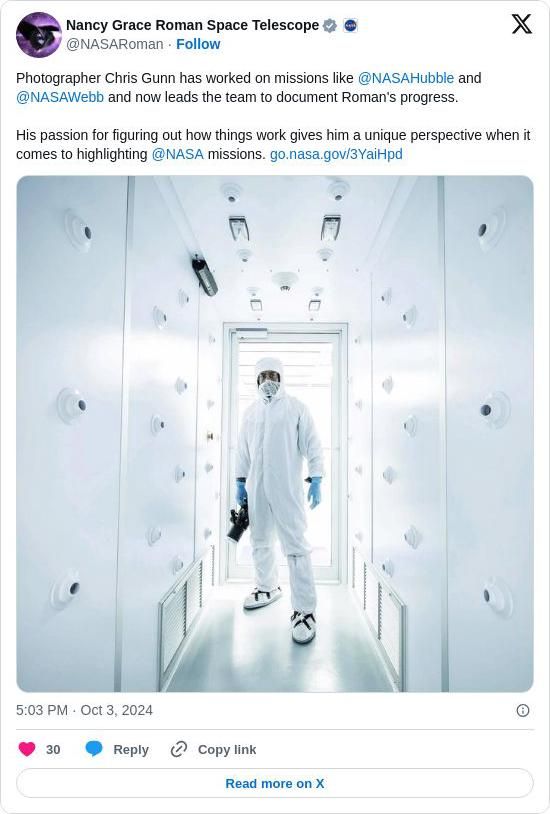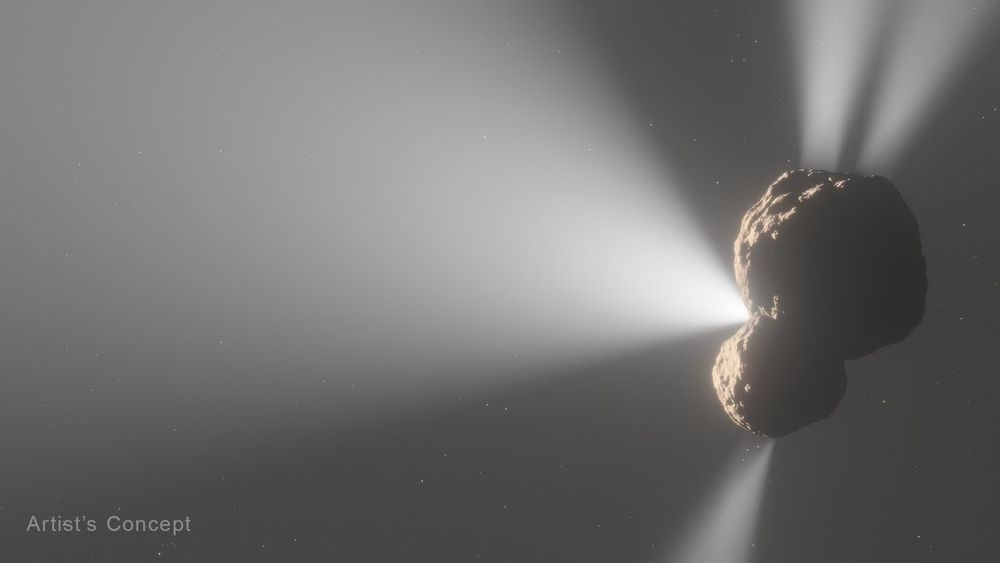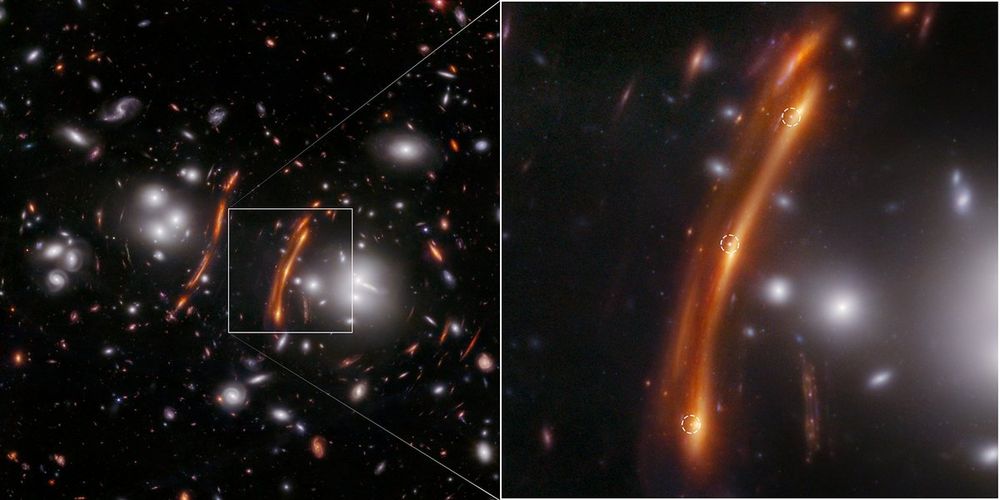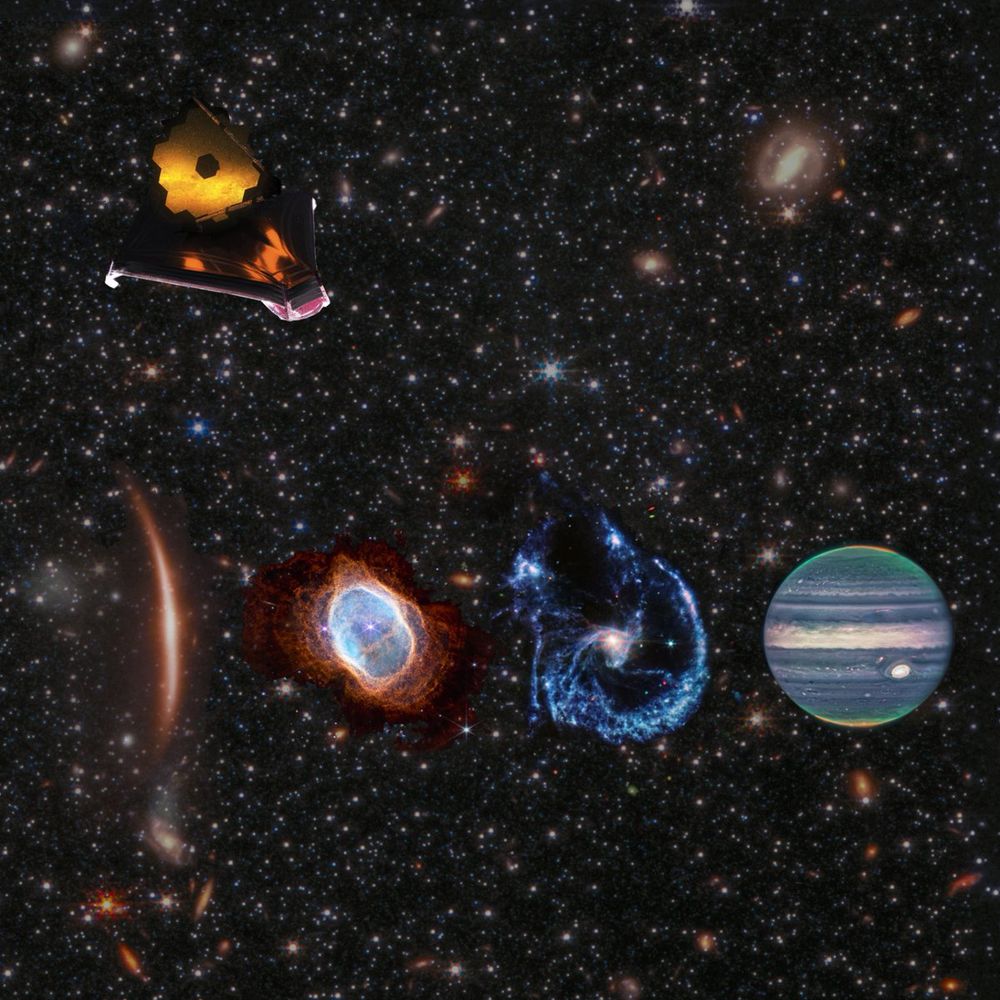NASA Webb Telescope
⚠️ MIRROR OF twitter.com/NASAWebb
⚠️ If you own the original account and want to claim this, please contact @twttr-mirrors.bsky.social
- Webb is solving mysteries it created. Remember “little red dots?” They seemed too big to exist in the early universe... and maybe theory couldn’t account for them. It turns out they may be a new class of galaxy containing growing supermassive black holes. t.co/OXo6TzNgus t.co/Y
- Like images of broken light, Webb captured these carbon-rich dust shells around a binary star system. Drifting swiftly outwards, they are seeding their surroundings with carbon - one way elements spread across the universe. t.co/gjfLhdaP1x t.co/rbFjcpKjgm
- A riddle wrapped in a 20-year-old @nasahubble mystery… Webb confirmed a controversial finding of Hubble’s - planet-forming disks in the early universe that are longer-lived than they should be, given the conditions in their environment. Read more: t.co/NVsUmuHmlf t.co/PYms9yaWEX
- It's that time of year, let's make some snowflakes! ❄️ Fold and cut your own using our Webb template: t.co/ET8aN3vBO8 t.co/gJcUNdccKF
- Someone struck a match against the night… Webb discerned distinct star clusters in the Firefly Sparkle galaxy, which existed 600 million years after the big bang - the first discovery of an actively forming galaxy as lightweight as the young Milky Way. t.co/cJenCOWLsc t.co/BWCarE
- Webb and the Spiderweb protocluster? Let’s get stuck in! 👇 What is it? A galaxy cluster in formation, 10 billion light years away, composed of more than 100 known galaxies. Webb has found some new ones! t.co/LA0d0hVw3t t.co/gan8TOrP3Y
- Pardon our dust! Webb’s near and mid-infrared view of spiral galaxy NGC 2090 highlights its two winding arms as well as the beautiful details of its swirls of dust and gas. t.co/5GHzbWezoX t.co/KNzLUvjmbk
- Ring around the galaxy… Here’s Webb’s stunning new mid-infrared image of M104. This bright core of the galaxy is dim in this view, revealing a smooth inner disk as well as details of how the clumpy gas in the outer ring is distributed. t.co/wQSE9xGTXX t.co/p7zNl4YSwD
- Webb has its eye on Titan, a moon of Saturn, a place where methane and ethane make up its liquid rivers and seas. Learn more about future Titan studies in Other Worlds Episode 3. NASA+: t.co/HDn825EwWE Youtube: t.co/CzJyKV0ZFA
- Take a deep dive into how our optics team keeps Webb’s mirrors in top performance shape, enabling it to continue seeing the universe in unprecedented detail. (Hint: by making small adjustments to the mirror segments as shown here.) t.co/d2HrQRA4Ct t.co/md5DPKibHI
- I always feel like somebody’s watching me 👀 Happy Halloween from @NASAWebb & @NASAHubble! This creepy new image combines mid-infrared light from Webb with ultraviolet and visible light from Hubble, revealing a pair of “eyes” from space. t.co/4RU3Hn2s8C t.co/LsR57qiLqG
- It’s giving rainbows and unicorns, like a middle school binder 🦄🌈 Meet NGC 602, a young star cluster in the Small Magellanic Cloud, where astronomers using @NASAWebb have found candidates for the first brown dwarfs outside of our galaxy. t.co/jdupXcWiAH t.co/v4FBxAzulj
- Shopping for pumpkins this weekend? Consider carving your own James Webb Space Pumpkin! We have five Webb-related designs, with differing degrees of difficulty. If you make a Webb-related pumpkin, be sure to tag us so we can share! t.co/VYvv5bJgXh t.co/tL5Yd839Vm
- Congrats to the whole @EuropaClipper team on a successful launch! We'll wave as you fly by on the way out to your planetary front row seat. We're so happy and not at all jealous 😜
- Imagine a sky full of hundreds of stars as bright as the full moon… If our solar system were a part of this “super star” cluster, that is what we might experience. Here is Webb’s look at Westerlund 1, one of the closest clusters of its kind. t.co/LyphCSpnwh t.co/kGFdvo2MLV
- Chris Gunn's photography on Webb was stellar! ✨ Check out some of our fav Chris Gunn photos of Webb's journey to space here: t.co/8h4g2ydjWE
- Centaurs are objects in orbital flux: small and icy, pushed inward of Neptune by its gravity, not quite comets...yet. Webb mapped gases spewing from Centaur 29P in high detail, providing new insights into the formation and evolution of the solar system. t.co/iQovSOJLkp t.co/96nOOlnp8
- A New H0pe? Scientists are using Webb to measure the expansion of the universe, by pointing it at a gravitationally lensed supernova, SN H0pe. The light from this exploding star has been bent and magnified by a galaxy cluster between it and us. t.co/QGLdzBmeDY t.co/Nbd3OdhOmU
- Today is Webb’s 1000th day in space! 🎉 Our #UnfoldTheUniverse "Lifer" checklist: A spacecraft impacting an asteroid Unexpected dust (supernova remnants and early galaxies) Exoplanets atmospheres Early black holes The farthest galaxy (so far!) What's your fav discovery?
